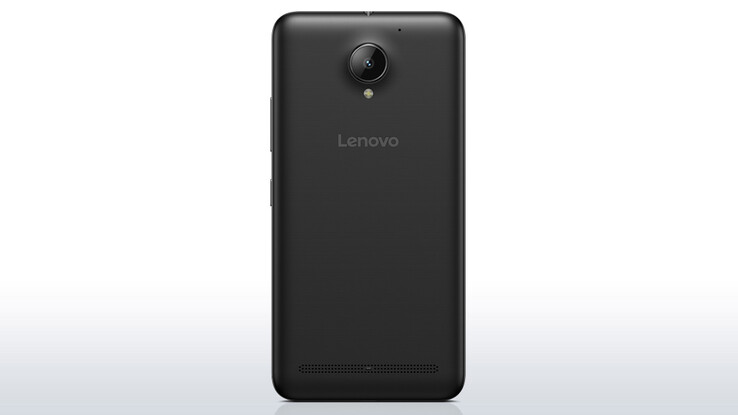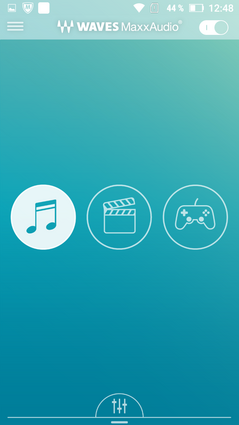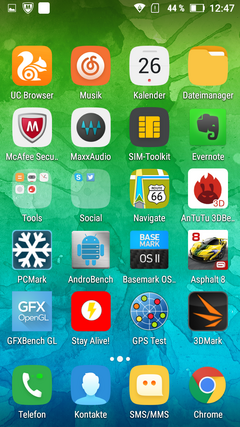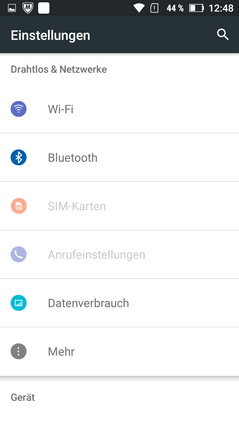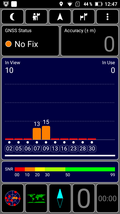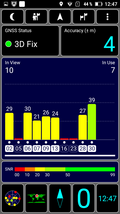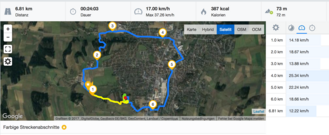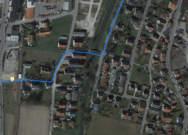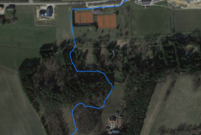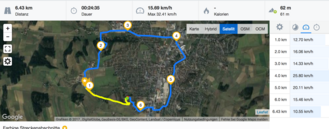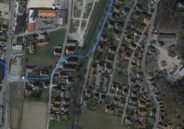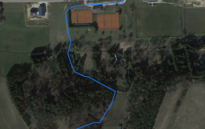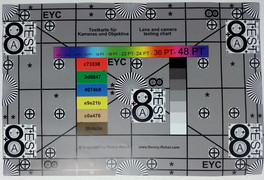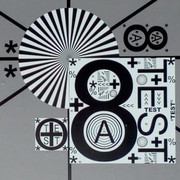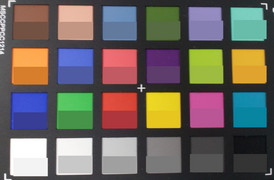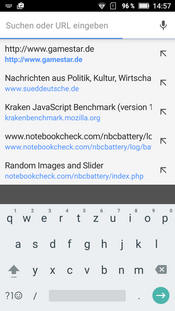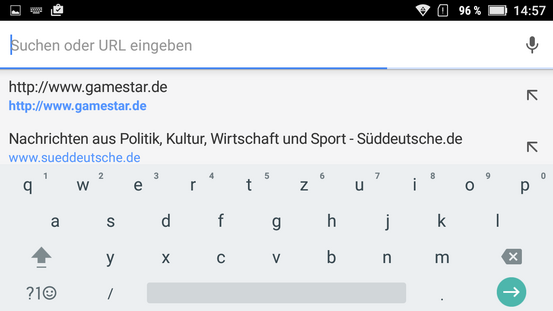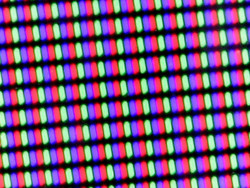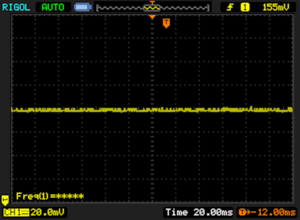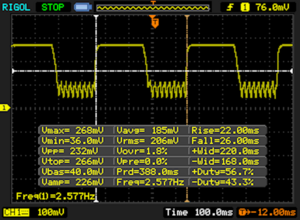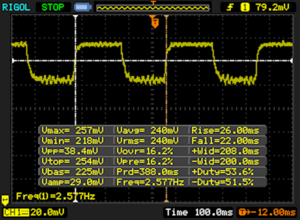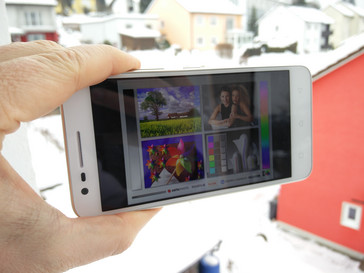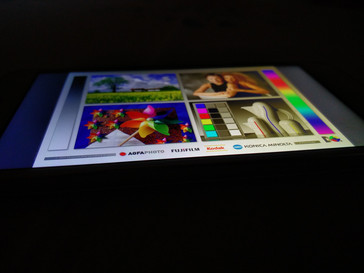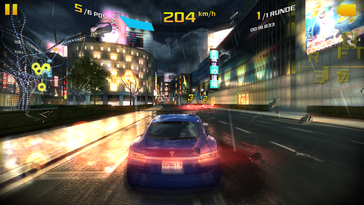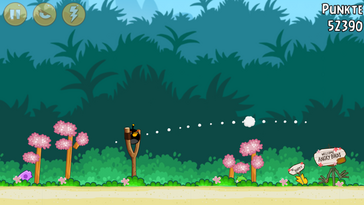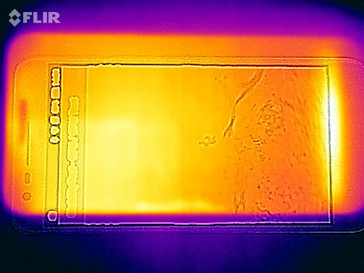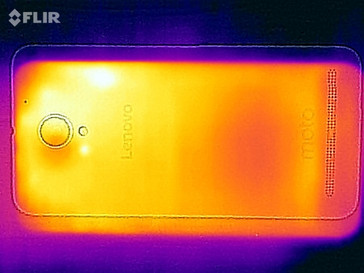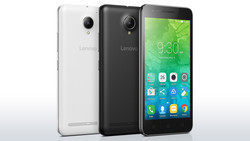Lenovo C2 Smartphone Review
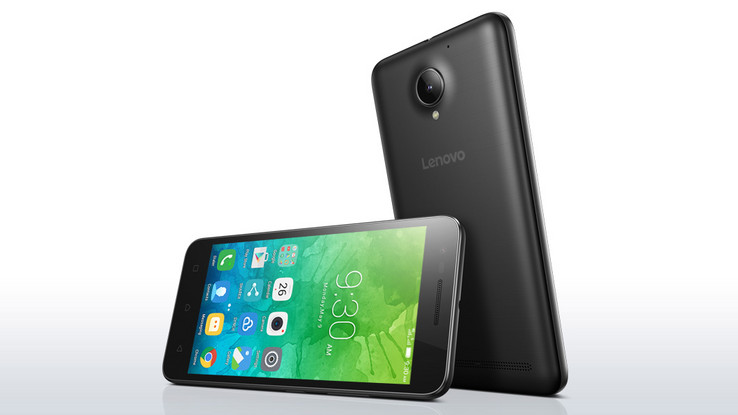
For the original German review, see here.
Lenovo is on the attack: Almost two-and-a-half years after the acquisition of Motorola, the manufacturer is now also releasing smartphones of its own brand in central Europe. The "Moto" lettering on the back is supposed to be reminiscent of the cult brand when it comes to more affordable Lenovo devices as well. We have already reviewed the Lenovo K6 and were quite impressed by the price-performance ratio. The Lenovo C2 is the cheapest of Lenovo's new smartphones and has a recommended retail price of 129 Euros, but, in some instances, it can be found online for a double-digit amount. This places the device in the lower entry-level segment; an even cheaper Android smartphone is currently hard to find.
Our reviews in this price range also include comparison devices: the Huawei Y5 II, likewise decently equipped, the somewhat more expensive Samsung Galaxy J1, and the Wiko Lenny 3 without LTE but with flashy colors instead. The LG K7 also offers a removable battery.
Case
A stable plastic case is usually the climax in the entry-level class. Commercial gimmicks, such as the thin metal back of the Wiko Lenny 3, are rare in this price range and in any case questionable as far as usefulness goes. The Lenovo C2 foregoes any such knick-knacks and offers a solid plastic case (white or black) with a removable back. It is slightly textured and thus matte and pleasant. The smartphone feels good in the hand; there are no perceptible material overhangs.
The Lenovo C2 is light at 139 grams and even a bit more compact in size than other affordable smartphones with the same screen size. Though the back is removable, it fits tightly and might require a fingernail to open. This would allow for replacing the battery, which is often standard in this price category.
The Lenovo C2 handles pressure on the back stoically without producing distortions on the display. Placing pressure on the display produces a slight reaction in the liquid crystal; twisting the device results in minimal creaking. All in all, we are satisfied with the sturdiness.
Connectivity
Of the 8 GB of overall storage capacity, the Lenovo C2 K10a40 has 5.46 GB left, which is fairly good; other smartphones in this price range have about 3 GB of unoccupied storage. The storage can be additionally expanded by up to 32 GB with a microSD card. Fortunately, the dual-SIM function does not suffer from a storage expansion as there are separate slots for the SIM cards. Though apps cannot be moved to an external card, they can be formatted as internal storage. The amount of RAM is typical of this category: a standard 1 GB of RAM. The Lenovo C2 supports LTE and USB-OTG, but users have to settle for the older Bluetooth standard: 4.0.
Software
In keeping with the Motorola tradition, the company that once belonged to Google, Lenovo smartphones come with a simple version of Android preinstalled, in this case version 6.0 of the operating system. It is not yet clear whether there will be an update to the current version, 7.0. Lenovo also preinstalled some apps, for example the snappy UC browser, a trial version of McAfee Mobile Security, Skype and Twitter, navigation software, service tools, and Evernote. Quite a lot of apps for a smartphone with only 8 GB of on-board storage. Those who do not want these apps have to delete them. Those who need them could simply get them from the Play Store. At least the Lenovo Companion app offers inexperienced users videos and assistance for using their smartphone. It is annoying, however, that the Companion does not recognize the device, meaning that you have to enter the name of your Lenovo device manually, even though the model is indicated elsewhere in the app.
Communication and GPS
In terms of WLAN, the smartphone only supports the 802.11 b/g/n standards. This means that you cannot connect to 5 GHz networks or benefit from the fast 802.11ac Wi-Fi. This is also usual for the entry-level class. Nevertheless, the Lenovo C2's transfer rates in this limited pool of networks are decent and faster than those of the similarly equipped Alcatel Shine Lite. These are the results of our standardized lab test; in our practical test, we have a full signal close to the router, but pages load only moderately fast. Ten meters and three walls away, half of the signal is still left, yet pages load at the same speed.
| Networking | |
| iperf3 transmit AX12 | |
| OnePlus 3T | |
| Lenovo C2 | |
| Alcatel Shine Lite | |
| iperf3 receive AX12 | |
| OnePlus 3T | |
| Lenovo C2 | |
| Alcatel Shine Lite | |
The GPS module cannot pinpoint us indoors; outdoors, or sometimes even close to a window, it quickly achieves a good precision of four meters. For our practical test, we pack the Lenovo C2 into our backpack along with the professional navigation system Garmin Edge 500, which is our comparison device. The Lenovo C2 records the approximately 7-km long route as 400 meters shorter than it is. This is quite a significant difference, and it is also noticeable that the smartphone's GPS module often simply draws a straight line when it loses the signal between two measuring points. Our comparison device is more precise in this case. Nonetheless, other similarly priced smartphones and even more expensive devices often act the same way, so the Lenovo C2 can certainly be used for casual navigation. If you need as exact data as possible, though, you will have to spend substantially more money on your smartphone.
Telephone and Voice Quality
Although the phone app received a redesigned icon, it is basically Google's standard app that is easy to handle and has all the necessary features.
If we had to describe the voice quality of the Lenovo C2 in two words, it would be "so so". On the one hand, our conversation partner's voice sounds quite good through the earphone. On the other hand, we sound chopped to our conversation partner. There is some perceptible background noise when using the speakerphone and our voice sounds distorted. Making phone calls with the Lenovo C2 is overall quite decent, if you keep your expectations low.
Cameras
Cameras are always a delicate topic when it comes to budget smartphones: Customers expect decent pictures, but there is simply no available budget for that. Lenovo tries to achieve a balance with an 8-megapixel rear camera and a 5-megapixel front camera. This is quite good for this price range, at least in terms of megapixels, as a glance at our comparison devices shows.
The main camera is equipped with autofocus and an LED flash. The pictures are actually not that bad: the details seem sharp; the dynamic range in dark and bright areas is barely different from high-class camera modules, such as the one in the iPhone 6s. Color reproduction is perhaps a bit cool, but apart from that you can indeed take good pictures with the Lenovo C2. However, the 720p videos shot with the camera set an end to our excitement: Bright areas quickly become too bright; the exposure visibly adjusts itself gradually to the picture. At least this adjustment is quick and reliable. Nevertheless, the videos are also not very sharp, so this should not be the focus of a prospective user.
The front camera with 5 megapixels equally does not cause storms of enthusiasm, the dynamic range in dark areas could be better and the sharpness of detail also has potential for improvement. Here as well, we find the color reproduction to be too cold. However, the camera should suffice for the occasional selfie.
We evaluate the rear camera even more precisely by taking it into our test lab, where we have fixed lighting conditions that all smartphone cameras have to handle. This is where smaller problems of the main camera come to light, for example step effects on tilted lines or unsteady edges of color areas. Furthermore, comparing the colors directly to the reference color space often makes them seem pale, only black appears truly dark. With orange, red and brown color hues, on the other hand, the deviations are quite significant. Nevertheless, the main camera offers good performance considering the price category.
Accessories and Warranty
You should not expect more than a charger and a USB cable in this price range, and this is indeed everything that Lenovo puts in the box. Their website does not offer any specially designed accessories.
The smartphone comes with a 24-month warranty. Please see our Guarantees, Return Policies and Warranties FAQ for country-specific information.
Input Devices and Handling
The virtual keyboard is Google's standard keyboard. There are no objections here, it is clearly structured and enables you to type quickly. The touchscreen smoothly recognizes input, the surface is very robust and it does not feel as if there is a gap between the surface and the screen. The capacitive buttons below the display function as precisely as the hardware buttons on the right side of the device.
Display
Though the display on the Lenovo C2 has a resolution of 1280x720 pixels, there are definitely displays with lower resolutions to be found in this price range. Furthermore, the display is very bright: We measure almost 449 cd/m² on average; the comparison devices cannot compete with that, only the Huawei Y5 II comes close. The display is also rather evenly illuminated at 92%, so even in large color areas, there are nearly no differences in brightness.
| |||||||||||||||||||||||||
Brightness Distribution: 92 %
Center on Battery: 458 cd/m²
Contrast: 1309:1 (Black: 0.35 cd/m²)
ΔE ColorChecker Calman: 6.5 | ∀{0.5-29.43 Ø4.78}
ΔE Greyscale Calman: 7.7 | ∀{0.09-98 Ø5}
98.6% sRGB (Calman 2D)
Gamma: 2.15
CCT: 8518 K
| Lenovo C2 IPS, 1280x720, 5" | Huawei Y5 II IPS, 1280x720, 5" | Samsung Galaxy J1 2016 SAMOLED, 800x480, 4.5" | Wiko Lenny 3 IPS, 1280x720, 5" | LG K7 IPS, 854x480, 5" | |
|---|---|---|---|---|---|
| Screen | -33% | 10% | -13% | -44% | |
| Brightness middle (cd/m²) | 458 | 465 2% | 301 -34% | 374 -18% | 308 -33% |
| Brightness (cd/m²) | 449 | 443 -1% | 303 -33% | 343 -24% | 300 -33% |
| Brightness Distribution (%) | 92 | 90 -2% | 91 -1% | 85 -8% | 93 1% |
| Black Level * (cd/m²) | 0.35 | 0.84 -140% | 0.47 -34% | 0.26 26% | |
| Contrast (:1) | 1309 | 554 -58% | 796 -39% | 1185 -9% | |
| Colorchecker dE 2000 * | 6.5 | 7.8 -20% | 4.9 25% | 6 8% | 12 -85% |
| Colorchecker dE 2000 max. * | 11.7 | 15.7 -34% | 7.6 35% | 11.9 -2% | 25.3 -116% |
| Greyscale dE 2000 * | 7.7 | 8.4 -9% | 2.5 68% | 6.7 13% | 15.3 -99% |
| Gamma | 2.15 102% | 2.07 106% | 2.02 109% | 2.19 100% | 2.15 102% |
| CCT | 8518 76% | 8438 77% | 6314 103% | 8073 81% | 22440 29% |
* ... smaller is better
Screen Flickering / PWM (Pulse-Width Modulation)
| Screen flickering / PWM not detected | |||
In comparison: 53 % of all tested devices do not use PWM to dim the display. If PWM was detected, an average of 8111 (minimum: 5 - maximum: 343500) Hz was measured. | |||
In terms of black value and contrast, the display is yet again at a high level in comparison with other devices: The contrast ratio amounts to 1309:1 and is only surpassed by the Samsung Galaxy J1 and its Super AMOLED display, which has a theoretically infinitely high contrast. The black value of 0.35 cd/m² is also respectable and dark areas on the display really look dark and deep.
The color reproduction can be adjusted via "MiraVision" either with various predefined modes or completely manually. Testing them with the software CalMAN and a spectrophotometer, we distinguish a noticeable blue tint in Standard mode, as well as high deviations from the reference colors, especially with blue hues. Nevertheless, the sRGB color space is covered by 98.6%. The preset mode "Lively" does not diminish the deviations, in fact, they seem greater. Adjusting everything manually is also not very effective at reducing the color deviation or blue tint.
Display Response Times
| ↔ Response Time Black to White | ||
|---|---|---|
| 48 ms ... rise ↗ and fall ↘ combined | ↗ 22 ms rise | |
| ↘ 26 ms fall | ||
| The screen shows slow response rates in our tests and will be unsatisfactory for gamers. In comparison, all tested devices range from 0.1 (minimum) to 240 (maximum) ms. » 99 % of all devices are better. This means that the measured response time is worse than the average of all tested devices (20.2 ms). | ||
| ↔ Response Time 50% Grey to 80% Grey | ||
| 48 ms ... rise ↗ and fall ↘ combined | ↗ 26 ms rise | |
| ↘ 22 ms fall | ||
| The screen shows slow response rates in our tests and will be unsatisfactory for gamers. In comparison, all tested devices range from 0.165 (minimum) to 636 (maximum) ms. » 82 % of all devices are better. This means that the measured response time is worse than the average of all tested devices (31.6 ms). | ||
Performance
The Mediatek MT6735 SoC is more than two years old, but at least it was in the mid-range segment performance-wise at the time. With four cores and a 1.5 GHz frequency, the Lenovo C2 still does not stand out from the comparison devices as far as performance is concerned. On the contrary: If anything, it is a bit slower, but the speed appears on par in everyday use. It is generally sufficient for smoothly navigating through the menus.
The ARM Mali-T720, also not brand new, operates as the graphics unit. Our test device struggles with 3DMark, all tests are interrupted. With some other graphics benchmarks, the Lenovo C2 can reach its limits. Passionate gamers are lucky that mobile games are usually programmed to run on as many devices as possible. As far as future-proof smartphones for gaming go, though, the Lenovo C2 is not your best bet.
| AnTuTu v6 - Total Score (sort by value) | |
| Lenovo C2 | |
| Huawei Y5 II | |
| Samsung Galaxy J1 2016 | |
| Wiko Lenny 3 | |
| LG K7 | |
| Geekbench 4.0 | |
| 64 Bit Single-Core Score (sort by value) | |
| Lenovo C2 | |
| Huawei Y5 II | |
| 64 Bit Multi-Core Score (sort by value) | |
| Lenovo C2 | |
| Huawei Y5 II | |
| GFXBench (DX / GLBenchmark) 2.7 | |
| T-Rex Onscreen (sort by value) | |
| Lenovo C2 | |
| Huawei Y5 II | |
| Samsung Galaxy J1 2016 | |
| Wiko Lenny 3 | |
| LG K7 | |
| 1920x1080 T-Rex Offscreen (sort by value) | |
| Lenovo C2 | |
| Huawei Y5 II | |
| Samsung Galaxy J1 2016 | |
| Wiko Lenny 3 | |
| LG K7 | |
| GFXBench 3.0 - on screen Manhattan Onscreen OGL (sort by value) | |
| Lenovo C2 | |
| Huawei Y5 II | |
| Samsung Galaxy J1 2016 | |
| Wiko Lenny 3 | |
| LG K7 | |
| GFXBench 3.1 | |
| on screen Manhattan ES 3.1 Onscreen (sort by value) | |
| Lenovo C2 | |
| Huawei Y5 II | |
| Wiko Lenny 3 | |
| LG K7 | |
| 1920x1080 Manhattan ES 3.1 Offscreen (sort by value) | |
| Lenovo C2 | |
| Huawei Y5 II | |
| Wiko Lenny 3 | |
| LG K7 | |
| PCMark for Android - Work performance score (sort by value) | |
| Lenovo C2 | |
| Huawei Y5 II | |
| Samsung Galaxy J1 2016 | |
| Wiko Lenny 3 | |
| LG K7 | |
The results of the browser benchmarks, which primarily test the performance in modern network technologies such as HTML5 and JavaScript, likewise place the Lenovo C2 slightly behind its rivals, but browsing even elaborate HTML5 websites is definitely possible in daily use. Every now and then it might take a short while to load a page, but overall, you can browse the web on the Lenovo C2 quite well.
| Octane V2 - Total Score (sort by value) | |
| Lenovo C2 | |
| Huawei Y5 II | |
| Samsung Galaxy J1 2016 | |
| Wiko Lenny 3 | |
| LG K7 | |
| Mozilla Kraken 1.1 - Total (sort by value) | |
| Lenovo C2 | |
| Huawei Y5 II | |
| Samsung Galaxy J1 2016 | |
| Wiko Lenny 3 | |
| LG K7 | |
| JetStream 1.1 - Total Score (sort by value) | |
| Lenovo C2 | |
| Huawei Y5 II | |
| Samsung Galaxy J1 2016 | |
| Wiko Lenny 3 | |
| LG K7 | |
* ... smaller is better
Unfortunately, our test device does not get a good grade for storage access: It is slower than its comparison devices in all areas, including accessing the microSD card. For this review, we use our Toshiba Exceria Pro M401 reference card.
| AndroBench 3-5 | |
| Sequential Read 256KB (sort by value) | |
| Lenovo C2 | |
| Huawei Y5 II | |
| Samsung Galaxy J1 2016 | |
| Wiko Lenny 3 | |
| LG K7 | |
| Sequential Write 256KB (sort by value) | |
| Lenovo C2 | |
| Huawei Y5 II | |
| Samsung Galaxy J1 2016 | |
| Wiko Lenny 3 | |
| LG K7 | |
| Random Read 4KB (sort by value) | |
| Lenovo C2 | |
| Huawei Y5 II | |
| Samsung Galaxy J1 2016 | |
| Wiko Lenny 3 | |
| LG K7 | |
| Random Write 4KB (sort by value) | |
| Lenovo C2 | |
| Huawei Y5 II | |
| Samsung Galaxy J1 2016 | |
| Wiko Lenny 3 | |
| LG K7 | |
| Sequential Read 256KB SDCard (sort by value) | |
| Lenovo C2 | |
| Huawei Y5 II | |
| Samsung Galaxy J1 2016 | |
| Wiko Lenny 3 | |
| LG K7 | |
| Sequential Write 256KB SDCard (sort by value) | |
| Lenovo C2 | |
| Huawei Y5 II | |
| Samsung Galaxy J1 2016 | |
| Wiko Lenny 3 | |
| LG K7 | |
Gaming
The smartphone reaches its limits every now and then when playing current games as well. In Asphalt 8, for example, a fast 3D racing game, the graphics settings need to be set very low, otherwise the game stutters too much to be played reasonably. Simpler games such as Angry Birds, on the other hand, can be played without any issues.
Controlling games via the position sensor and touchscreen works flawlessly.
Emissions
Temperature
While a maximum temperature of 36.2 °C is perceptible, it is not unpleasant. The heat development under load proceeds relatively evenly on the front and back sides. Under light load, the device is cool to the touch, reaching only a maximum of 29.3 °C.
(+) The maximum temperature on the upper side is 34.3 °C / 94 F, compared to the average of 35.2 °C / 95 F, ranging from 21.9 to 247 °C for the class Smartphone.
(+) The bottom heats up to a maximum of 36.2 °C / 97 F, compared to the average of 34 °C / 93 F
(+) In idle usage, the average temperature for the upper side is 28 °C / 82 F, compared to the device average of 32.9 °C / 91 F.
Speakers
Most smartphone speakers lack bass, and the Lenovo C2 is no exception. Nice: A small plastic piece on the case slightly raises the speaker on the back from the surface, so the sound is usually not muffled when the device is lying on the table. The sound can be adjusted with the "MaxxAudio" app; it includes the option of increasing the bass, but that only leads to a duller sound. Altogether, the speaker is OK, you can watch a YouTube video now and then, the highs do not ring too much and, aside from the missing bass, the speakers are fairly balanced.
The sound output via Bluetooth or the 3.5 mm headphone jack is good.
Lenovo C2 audio analysis
(±) | speaker loudness is average but good (80.1 dB)
Bass 100 - 315 Hz
(-) | nearly no bass - on average 34.3% lower than median
(±) | linearity of bass is average (8.5% delta to prev. frequency)
Mids 400 - 2000 Hz
(±) | reduced mids - on average 6% lower than median
(±) | linearity of mids is average (7.5% delta to prev. frequency)
Highs 2 - 16 kHz
(+) | balanced highs - only 2.1% away from median
(+) | highs are linear (2.7% delta to prev. frequency)
Overall 100 - 16.000 Hz
(±) | linearity of overall sound is average (25.9% difference to median)
Compared to same class
» 65% of all tested devices in this class were better, 6% similar, 29% worse
» The best had a delta of 11%, average was 35%, worst was 134%
Compared to all devices tested
» 79% of all tested devices were better, 4% similar, 17% worse
» The best had a delta of 4%, average was 24%, worst was 134%
Huawei Y5 II audio analysis
(+) | speakers can play relatively loud (87 dB)
Bass 100 - 315 Hz
(-) | nearly no bass - on average 29.4% lower than median
(±) | linearity of bass is average (9% delta to prev. frequency)
Mids 400 - 2000 Hz
(±) | higher mids - on average 7.3% higher than median
(±) | linearity of mids is average (10.1% delta to prev. frequency)
Highs 2 - 16 kHz
(±) | higher highs - on average 13% higher than median
(+) | highs are linear (5.7% delta to prev. frequency)
Overall 100 - 16.000 Hz
(-) | overall sound is not linear (34% difference to median)
Compared to same class
» 84% of all tested devices in this class were better, 1% similar, 15% worse
» The best had a delta of 11%, average was 35%, worst was 134%
Compared to all devices tested
» 92% of all tested devices were better, 1% similar, 6% worse
» The best had a delta of 4%, average was 24%, worst was 134%
Samsung Galaxy J1 2016 audio analysis
(+) | speakers can play relatively loud (85.7 dB)
Bass 100 - 315 Hz
(-) | nearly no bass - on average 32.3% lower than median
(±) | linearity of bass is average (8.9% delta to prev. frequency)
Mids 400 - 2000 Hz
(+) | balanced mids - only 4.8% away from median
(±) | linearity of mids is average (7% delta to prev. frequency)
Highs 2 - 16 kHz
(+) | balanced highs - only 2.7% away from median
(+) | highs are linear (3.9% delta to prev. frequency)
Overall 100 - 16.000 Hz
(±) | linearity of overall sound is average (21.9% difference to median)
Compared to same class
» 44% of all tested devices in this class were better, 8% similar, 48% worse
» The best had a delta of 11%, average was 35%, worst was 134%
Compared to all devices tested
» 62% of all tested devices were better, 7% similar, 31% worse
» The best had a delta of 4%, average was 24%, worst was 134%
Frequency comparison (checkboxes are selectable/deselectable!)
Energy Management
Power Consumption
The Lenovo C2's power consumption is mediocre: Especially under light load, the smartphone consumes more power than the comparison devices. Its consumption is rather high even when it is turned off or in standby, meaning that the battery can discharge quickly when the phone is not in use. Under medium to heavy load, the energy-consumption values are neither very good nor bad compared to the comparison devices.
| Off / Standby | |
| Idle | |
| Load |
|
Key:
min: | |
| Lenovo C2 2750 mAh | Huawei Y5 II 2200 mAh | Samsung Galaxy J1 2016 2050 mAh | Wiko Lenny 3 2000 mAh | LG K7 2125 mAh | |
|---|---|---|---|---|---|
| Power Consumption | -4% | 28% | -37% | 9% | |
| Idle Minimum * (Watt) | 0.71 | 0.54 24% | 0.44 38% | 0.76 -7% | 0.61 14% |
| Idle Average * (Watt) | 1.62 | 1.58 2% | 1.1 32% | 2.16 -33% | 1.36 16% |
| Idle Maximum * (Watt) | 1.64 | 1.7 -4% | 1.17 29% | 2.35 -43% | 1.38 16% |
| Load Average * (Watt) | 3.24 | 2.98 8% | 2.31 29% | 4.65 -44% | 3.11 4% |
| Load Maximum * (Watt) | 3.36 | 4.98 -48% | 3.04 10% | 5.35 -59% | 3.59 -7% |
* ... smaller is better
Battery Life
Like many devices in this price range, the Lenovo C2 has a removable battery, but its battery is also large: It has a capacity of 2750 mAh or 10.5 watt-hours. This is noticeable in battery runtime: The smartphone's battery lasts 11:02 hours in our WLAN test, considerably outperforming all comparison devices, all of which have smaller batteries. In day-to-day use, the Lenovo C2 can last two days without charging and with moderate use even three days.
| Lenovo C2 2750 mAh | Huawei Y5 II 2200 mAh | Samsung Galaxy J1 2016 2050 mAh | Wiko Lenny 3 2000 mAh | LG K7 2125 mAh | |
|---|---|---|---|---|---|
| Battery runtime | -18% | 13% | -31% | -14% | |
| WiFi v1.3 (h) | 11 | 8.4 -24% | 8.9 -19% | 9.2 -16% | 7.6 -31% |
| Load (h) | 4.8 | 4.2 -12% | 6.9 44% | 2.6 -46% | 5 4% |
| Reader / Idle (h) | 18.4 | 20.7 | 15.7 | 16.7 | |
| H.264 (h) | 12.3 | 5.2 |
Pros
Cons
Verdict
Lenovo's C2 is not only a battery-giant: The smartphone also offers a stable case, a main camera that takes fairly sharp pictures with good colors, and a bright screen. Furthermore, the speaker does not sound too bad, heat development is within limits, and the battery life is good. The battery is also removable, so the Lenovo C2 can become a real endurance beast. All of this is available online for less than 100 Euros (~$106) in some instances.
This smartphone is a truly respectable achievement for Lenovo, and while there are points of criticism, they are mostly details: There is perceptible background noise when using the hands-free function and the main camera handles videos far less well than pictures. The SoC is somewhat less powerful than those of other smartphones in this price range and some games have to be played at lower quality settings, but overall, the Lenovo C2 can reasonably keep up with similar-priced smartphones when it comes to speed. Only the storage access is really slow...
With the C2, Lenovo brings a smartphone with a very good price-performance ratio onto the market: In terms of main camera, display, and battery life, it leaves its direct competition behind. Only the limited performance holds it back from competing with considerably more expensive devices.
The very good price-performance ratio makes the Lenovo C2 a recommended device for anyone looking for an entry-level smartphone with long battery life. The Lenovo C2 is currently one of the best offers in this price range as long as you can sacrifice a bit of system performance.
Lenovo C2
- 02/02/2017 v6 (old)
Florian Wimmer




